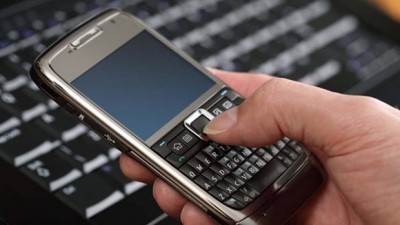Radio-Frequency Radiation Emitted by Cell Phones and Wireless Devices: Risks to Health and Well-Being

Summary
Policy Recommendations Based on the Evidence to Date
At the time of writing, a total of 32 countries or governmental bodies within these countries4 have issued policies and health recommendations concerning exposure to RFR (78). Three U.S. states have issued advisories to limit exposure to RFR (81–83) and the Worcester Massachusetts Public Schools (84) voted to post precautionary guidelines on Wi-Fi radiation on its website. In France, Wi-Fi has been removed from pre-schools and ordered to be shut off in elementary schools when not in use, and children aged 16 years or under are banned from bringing cell phones to school (85). Because the national test agency found 9 out of 10 phones exceeded permissible radiation limits, France is also recalling several million phones.
We therefore recommend the following:
1. Governmental and institutional support of data collection and analysis to monitor potential links between RFR associated with wireless technology and cancers, sperm, the heart, the nervous system, sleep, vision and hearing, and effects on children.
2. Further dissemination of information regarding potential health risk information that is in wireless devices and manuals is necessary to respect users’ Right To Know. Cautionary statements and protective measures should be posted on packaging and at points of sale. Governments should follow the practice of France, Israel and Belgium and mandate labeling, as for tobacco and alcohol.
3. Regulations should require that any WTD that could be used or carried directly against the skin (e.g., a cell phone) or in close proximity (e.g., a device being used on the lap of a small child) be tested appropriately as used, and that this information be prominently displayed at point of sale, on packaging, and both on the exterior and within the device.
4. IARC should convene a new working group to update the categorization of RFR, including current scientific findings that highlight, in particular, risks to youngsters of subsequent cancers. We note that an IARC Advisory Group has recently recommended that RFR should be re-evaluated by the IARC Monographs program with high priority.
5. The World Health Organization (WHO) should complete its long-standing RFR systematic review project, using strong modern scientific methods. National and regional public health authorities similarly need to update their understanding and to provide adequate precautionary guidance for the public to minimize potential health risks.
6. Emerging human evidence is confirming animal evidence of developmental problems with RFR exposure during pregnancy. RFR sources should be avoided and distanced from expectant mothers, as recommended by physicians and scientists (babysafeproject.org).
7. Other countries should follow France, limiting RFR exposure in children under 16 years of age.
8. Cell towers should be distanced from homes, daycare centers, schools, and places frequented by pregnant women, men who wish to father healthy children, and the young.
***
To read the full report. Open access paper: Risks to Health and Well-Being From Radio-Frequency Radiation Emitted by Cell Phones and Other Wireless Devices



